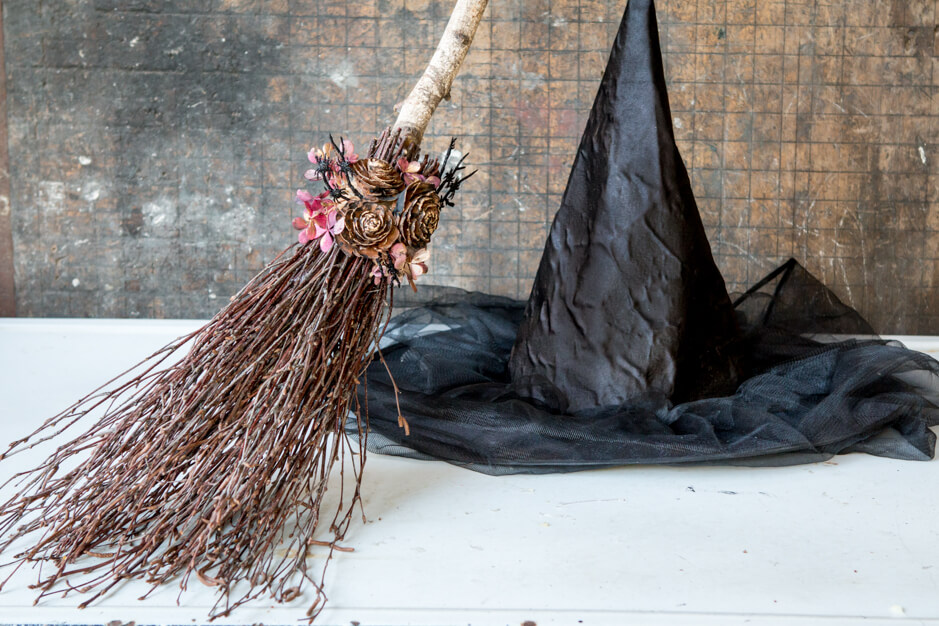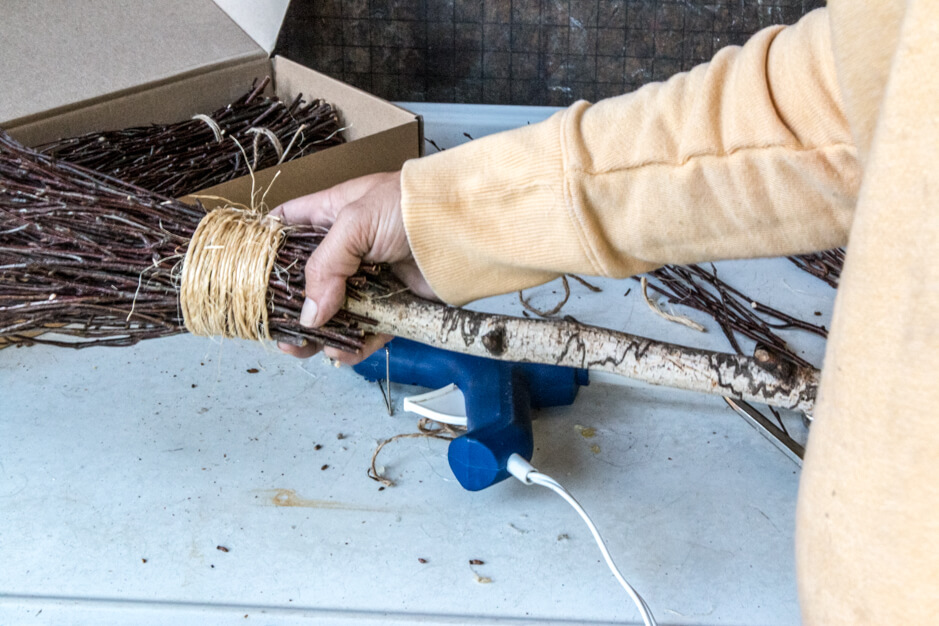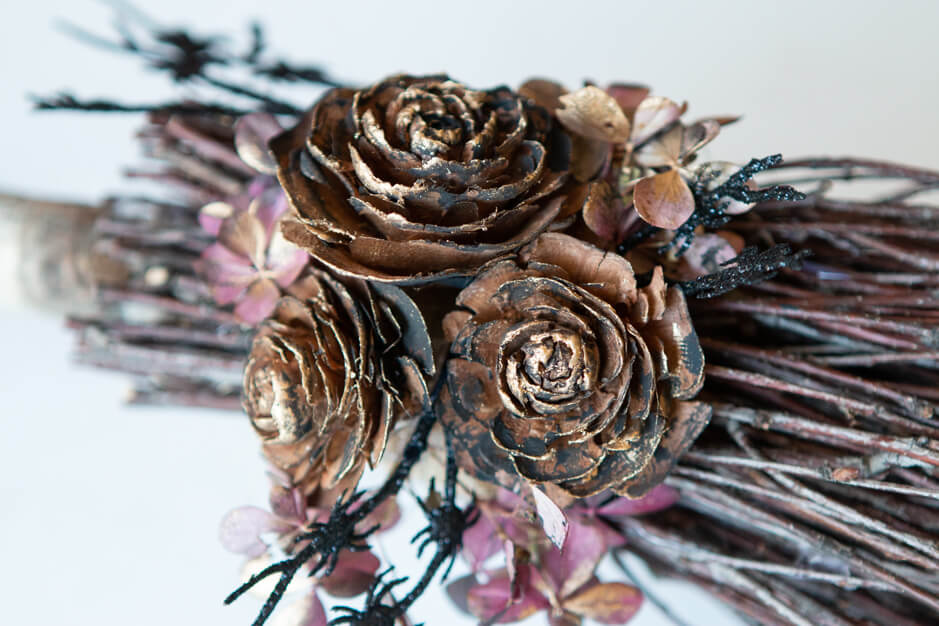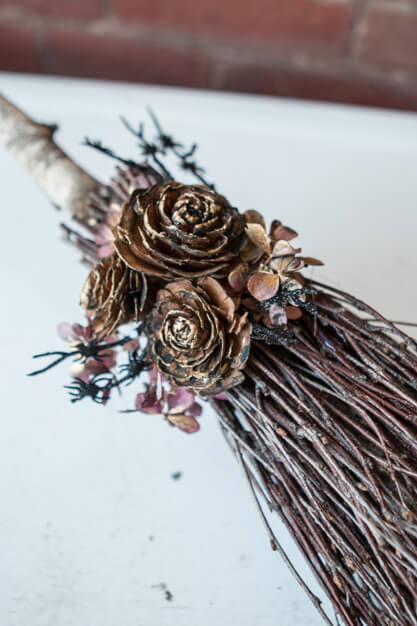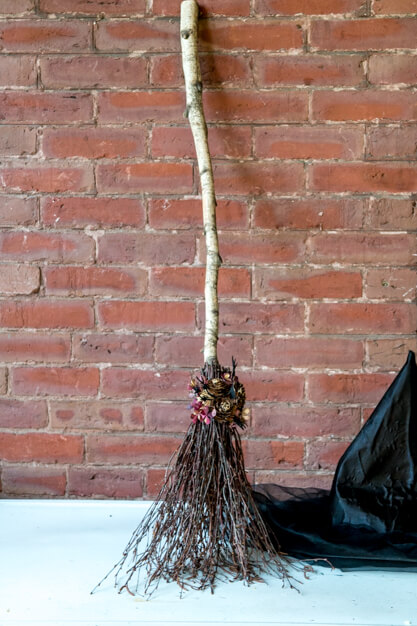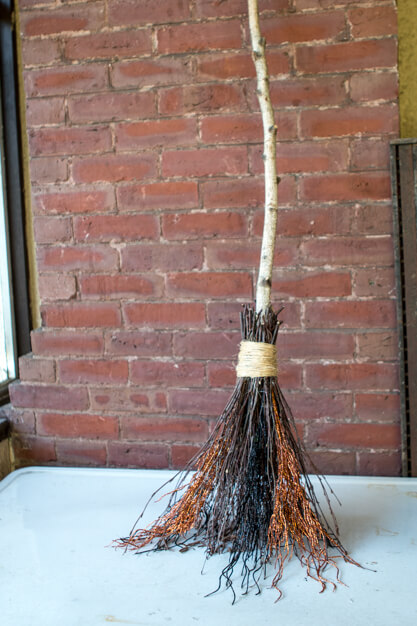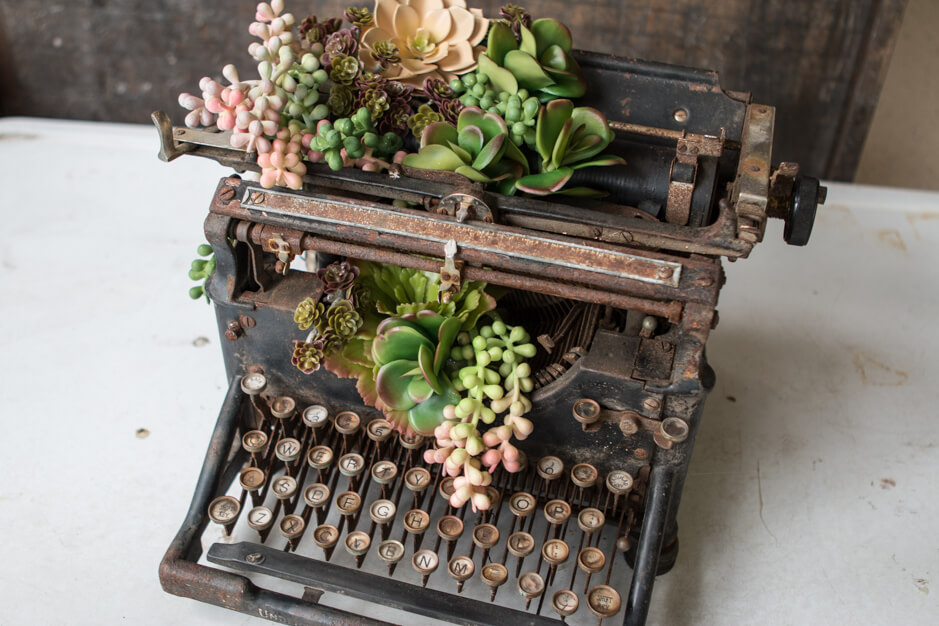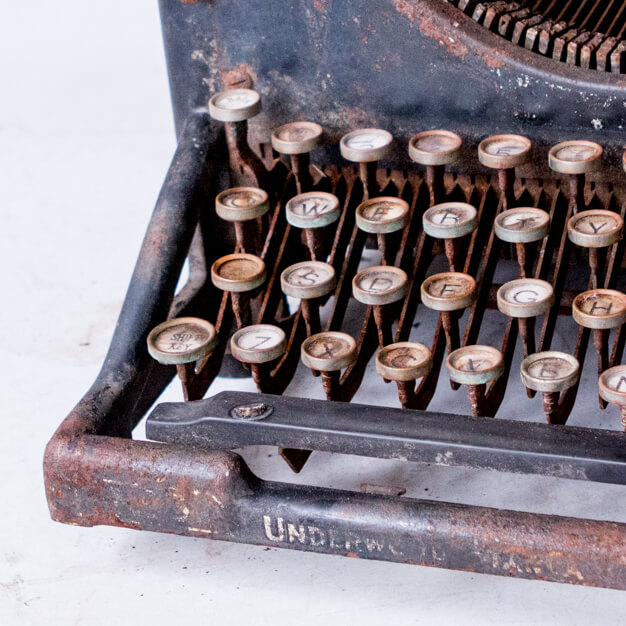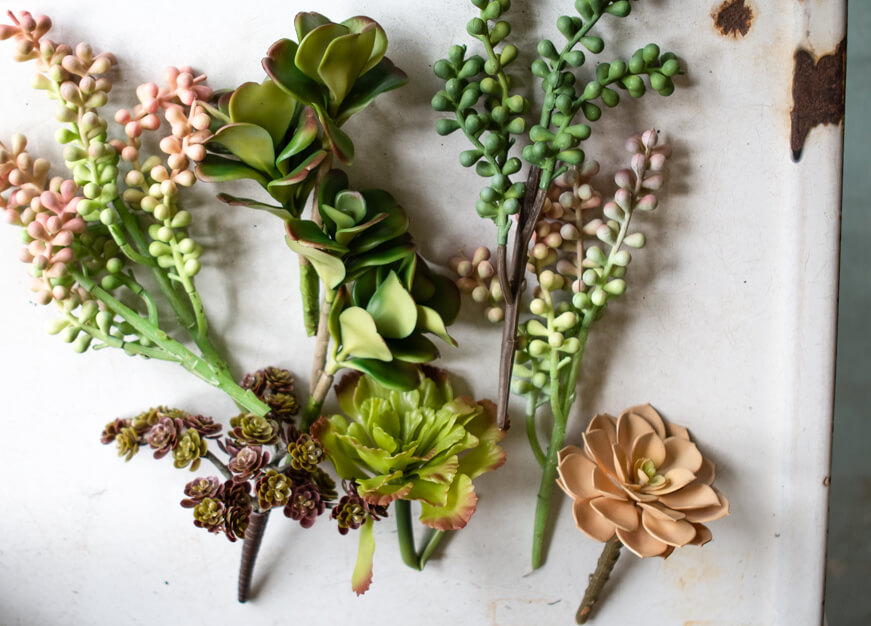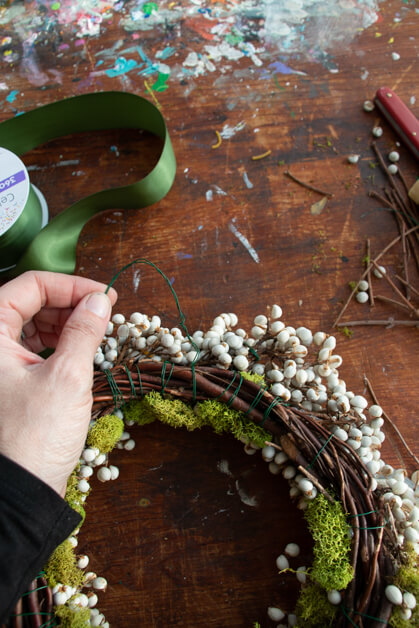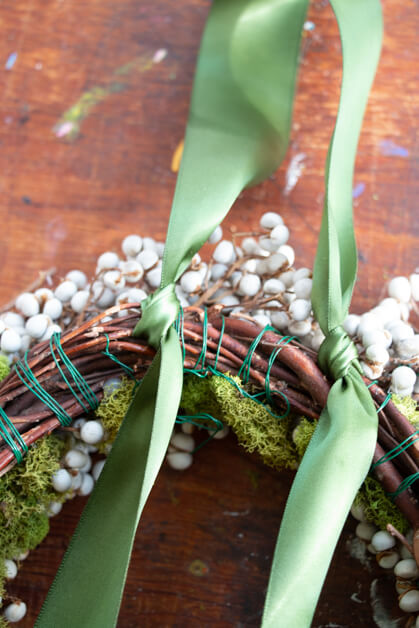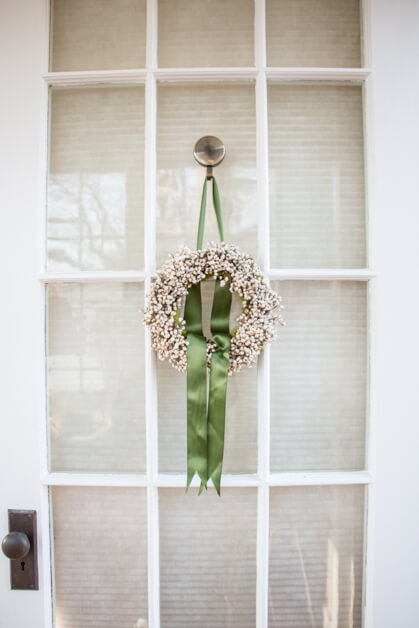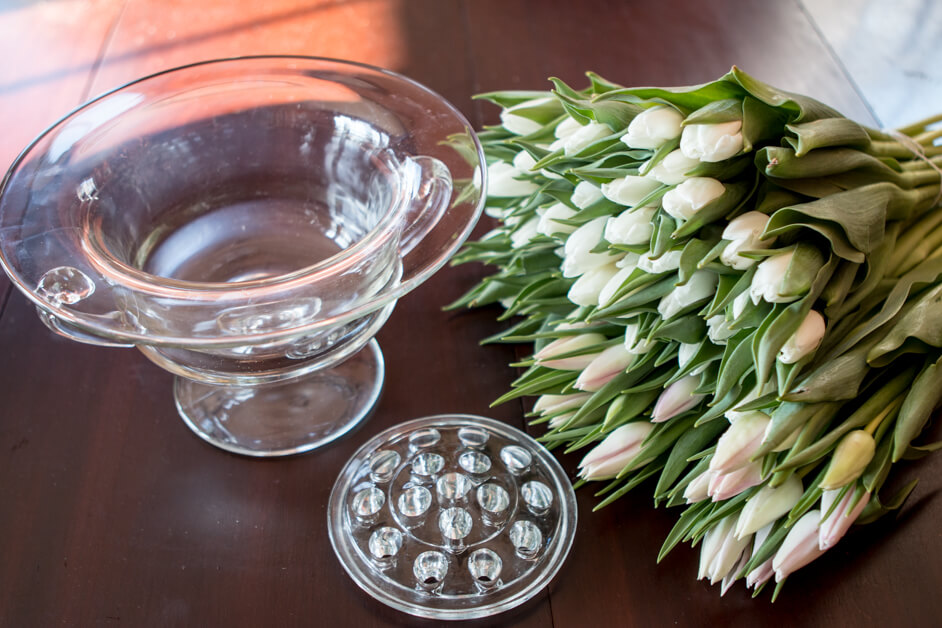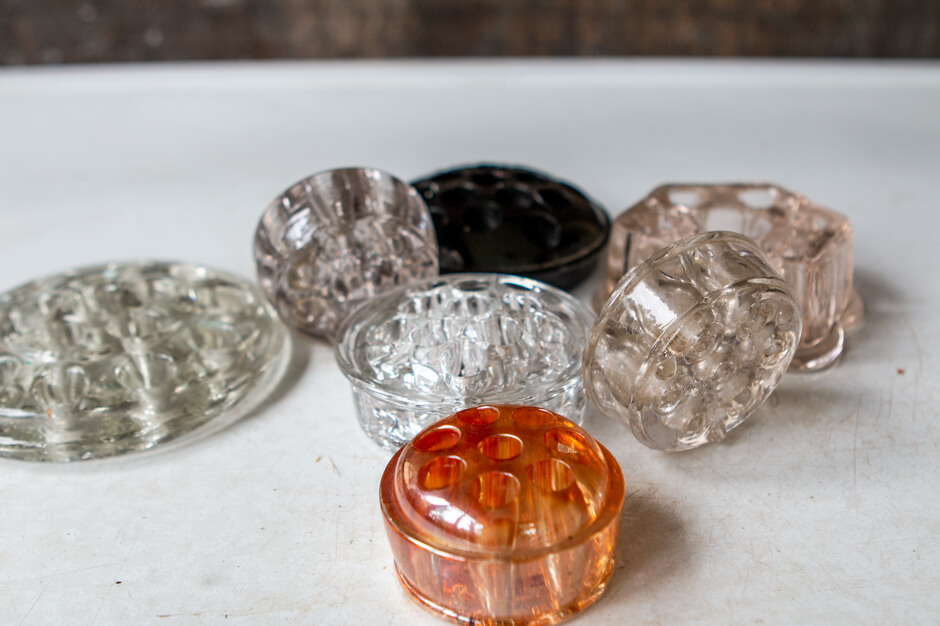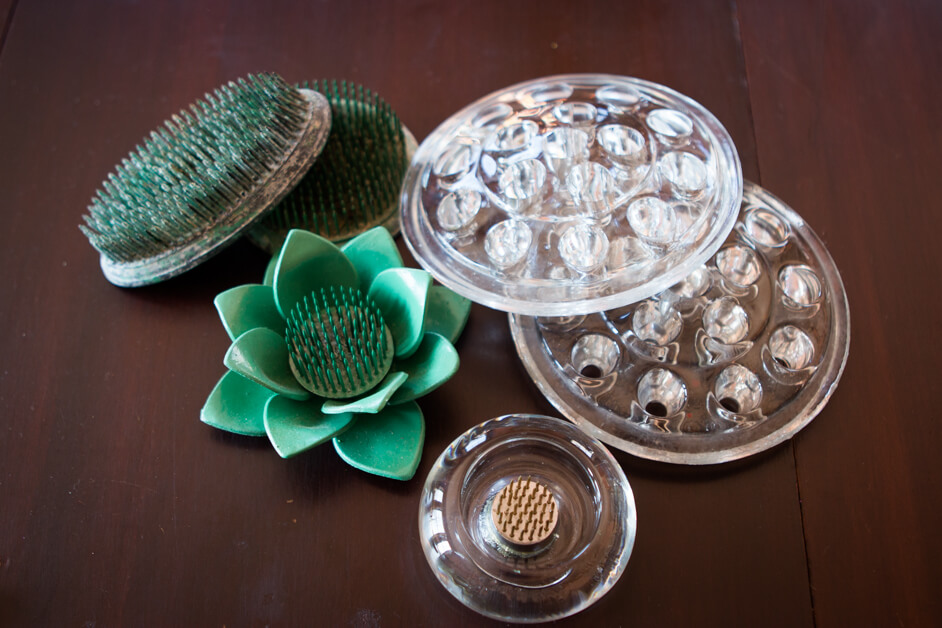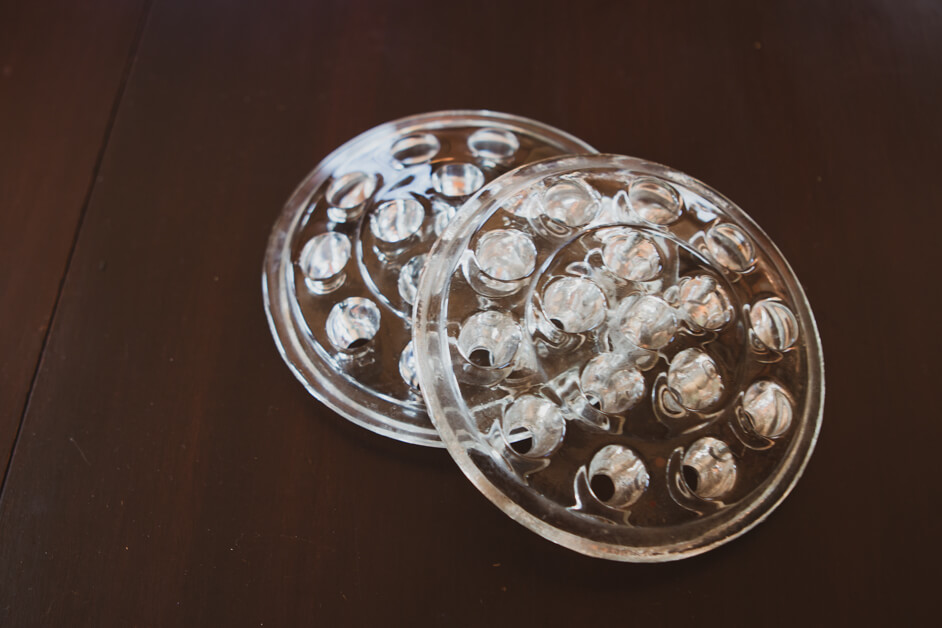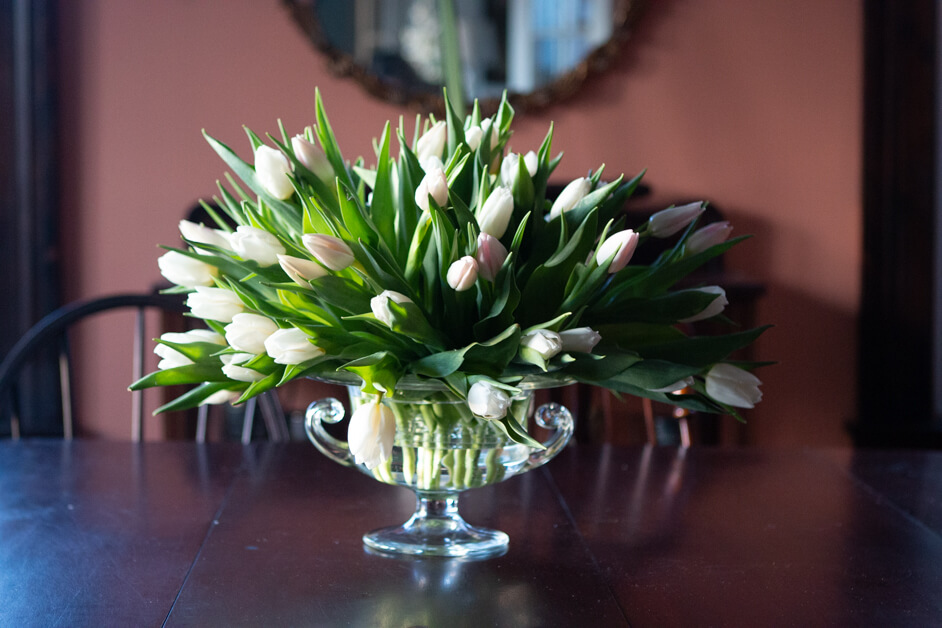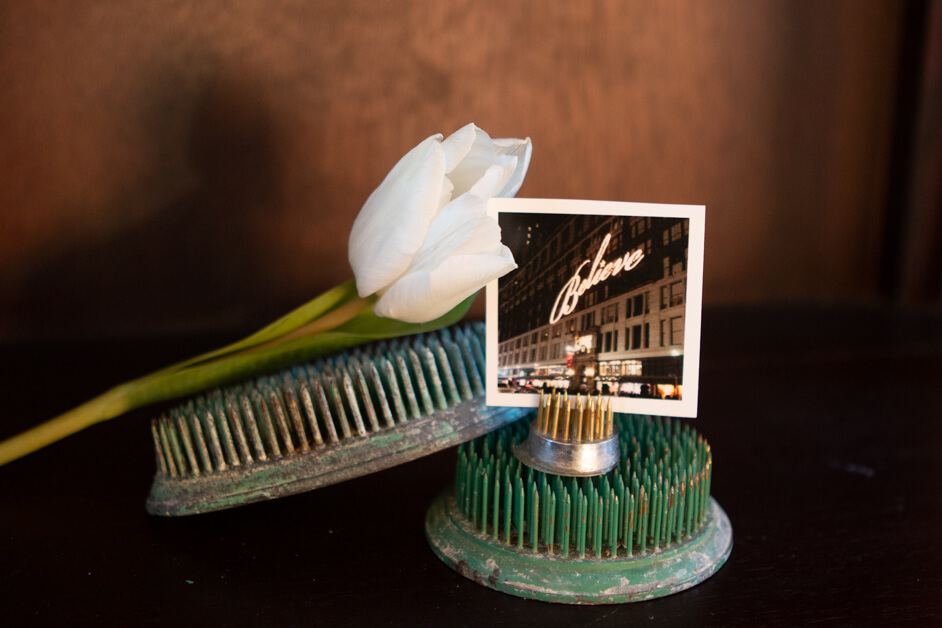Growing your own real Easter Grass
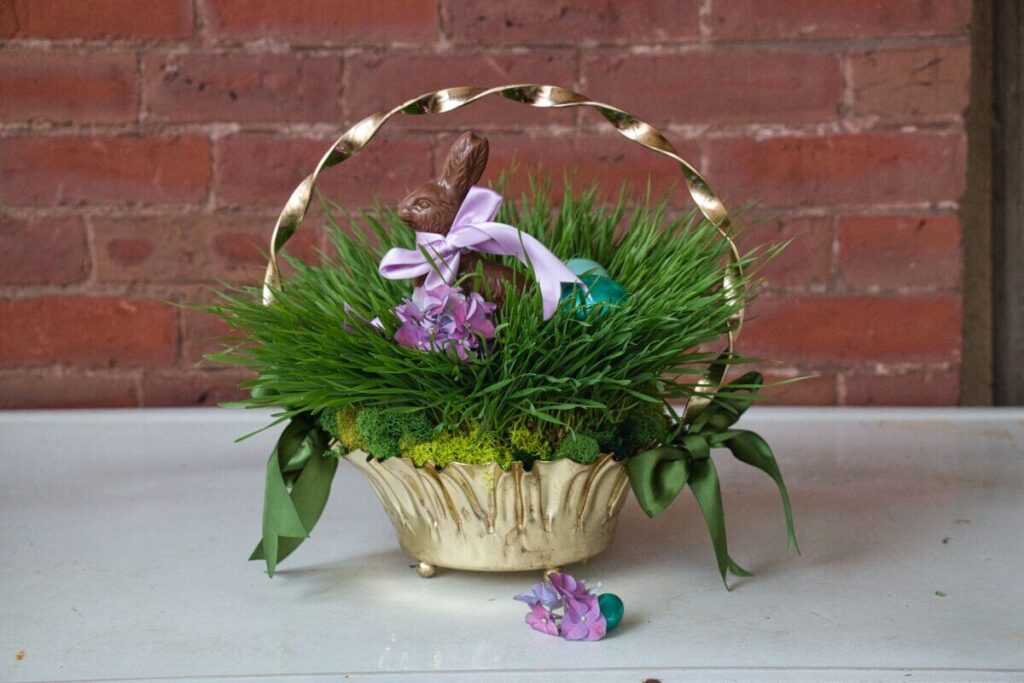
I have wanted to grow grass for Easter baskets, and I finally did it this year. More importantly, it truly turned out beautiful. I have a long list of crafts and DIY projects. It will take me until I am 90 before I complete them all, but I am happy to say that I can check this one off my list. And I will do it again. What screams spring more than grass?
I could see it in my mind’s eye. A beautiful basket of lush green grass, with a lovely chocolate bunny nestled in the middle. I’m so happy that this DIY came out just as I had envisioned it. This is a great thing to do with kids because it’s easy and has beautiful and gratifying results.
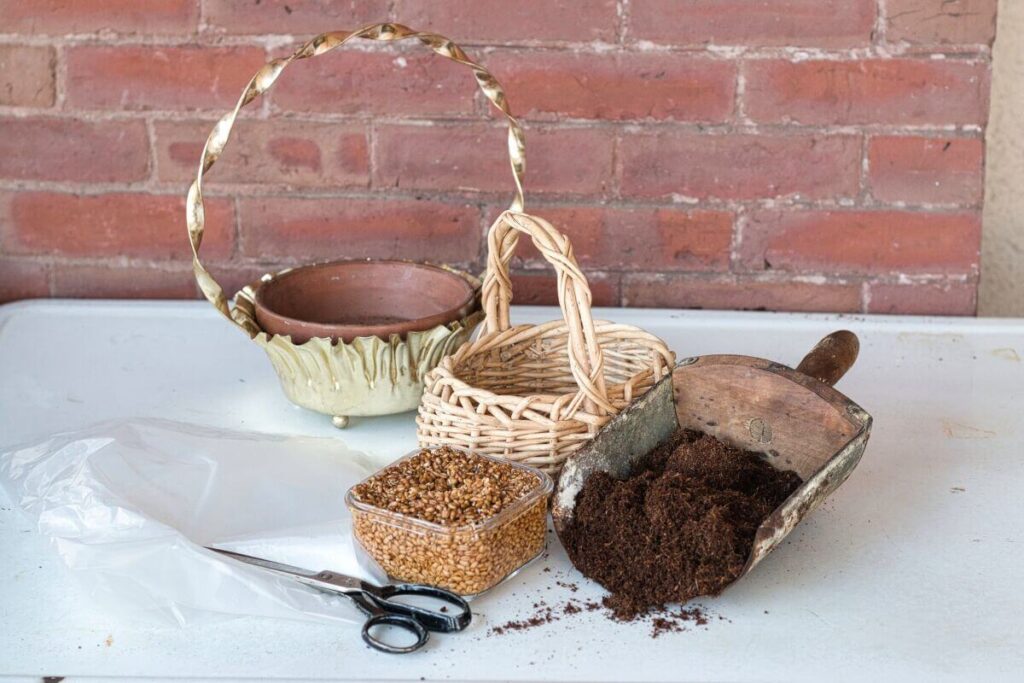
Supplies:
- Container of your choice
- Wheatgrass
- Organic Coco Coir Potting Soil
- Plastic to lined container if needed
- Scissors
How to grow your Easter Grass
This is the easiest thing you will ever do with the most amazing result.
Step 1:
soak wheatgrass seeds for 1-2 days.
Step 2:
Prepare your container. I had to line my basket with plastic. And my metal basket was lined with a terracotta pot. I could have also used a plastic liner, but the terracotta fit perfectly. Once your container is ready, fill it with potting soil.
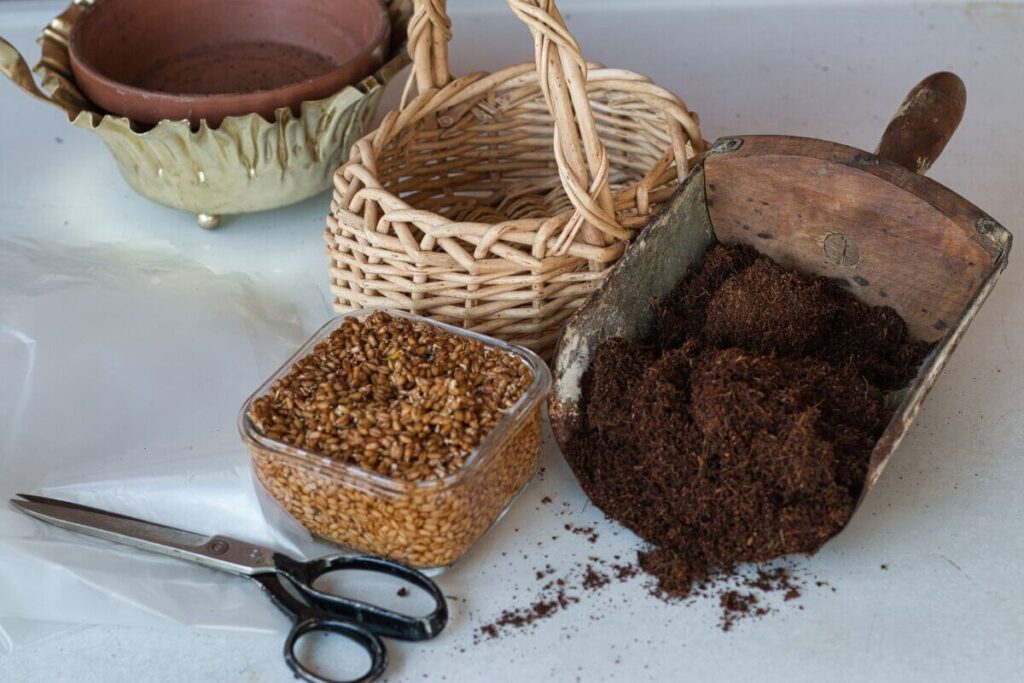
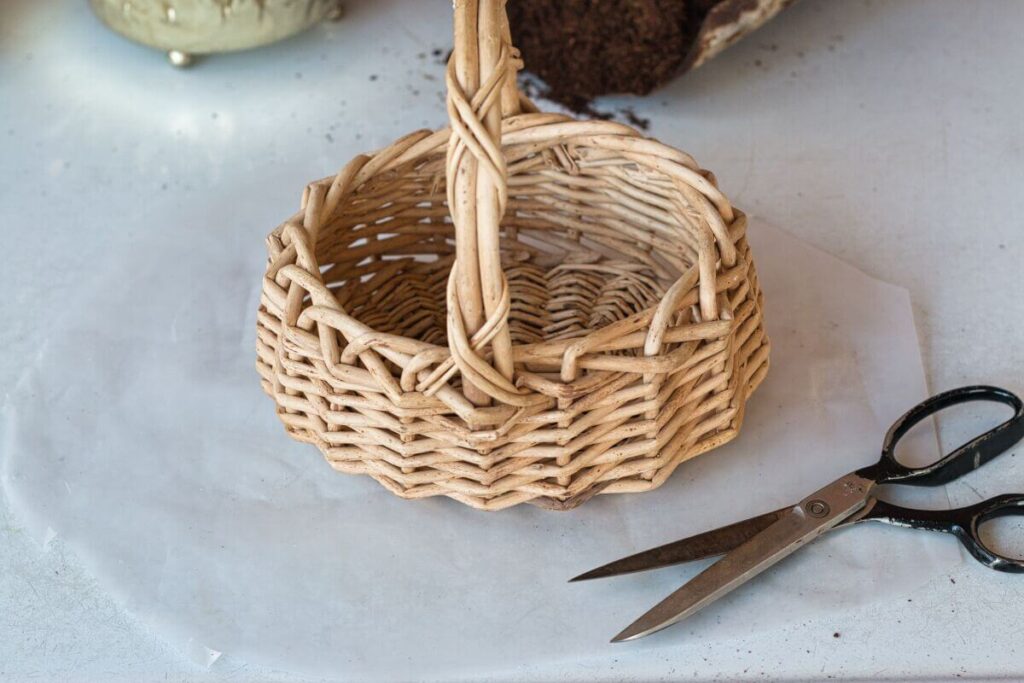
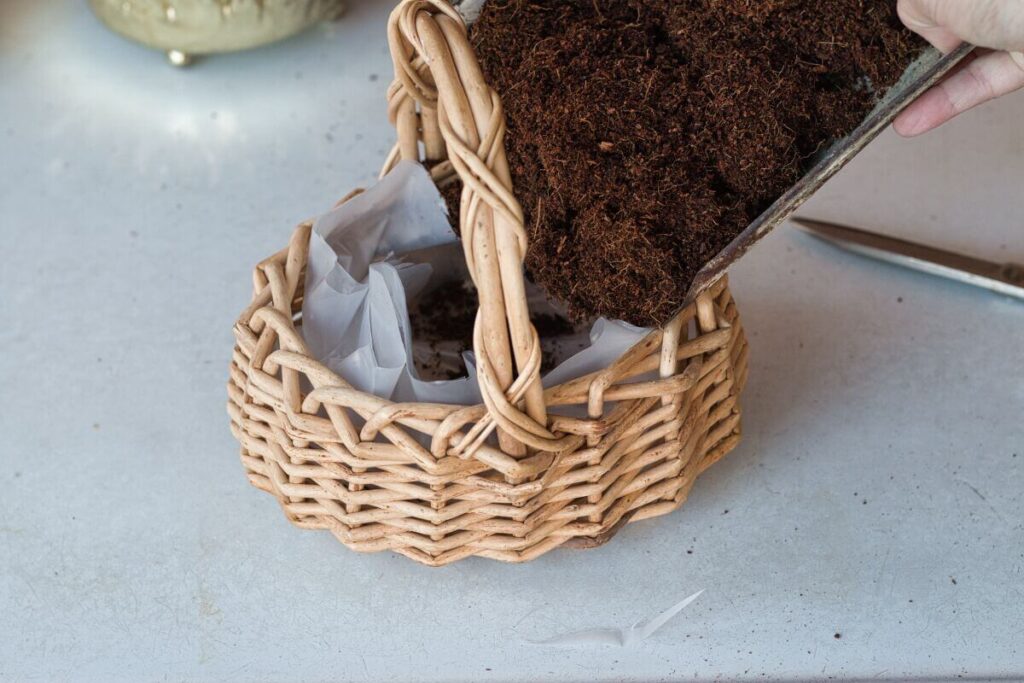
Step 3:
Sow the wheatgrass in potting soil and water (make sure to keep the soil moist), place it in a sunny location and wait. That’s it.
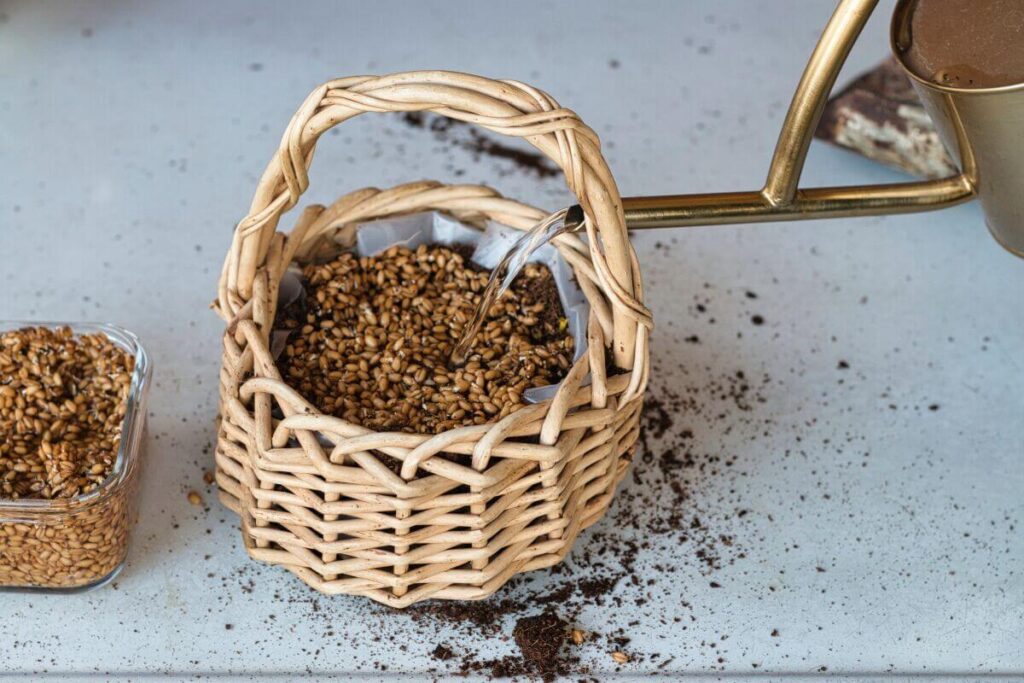
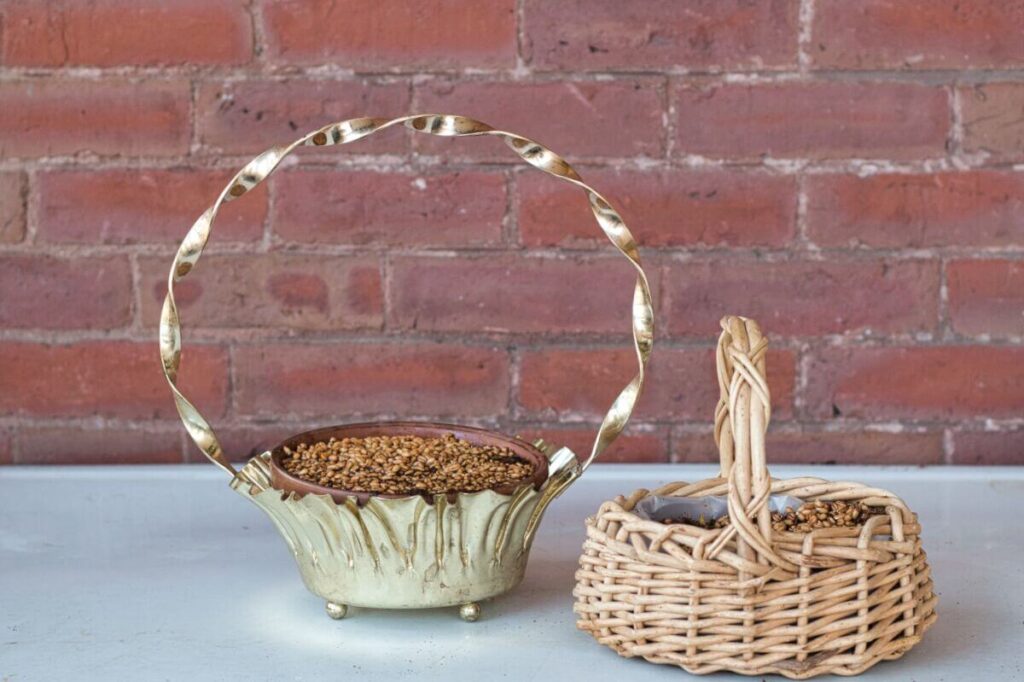
Because you have already soaked the wheatgrass, they are plump and full of water, ready to burst and take root. The seeds should start sprouting in about 3 to 5 days.
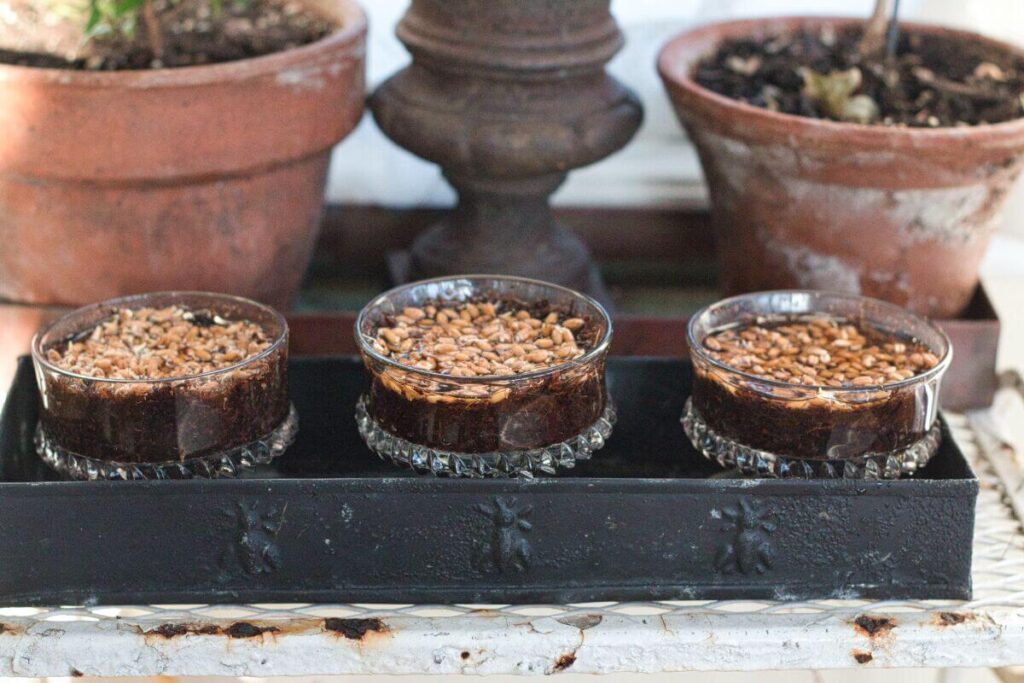

then the magic happens
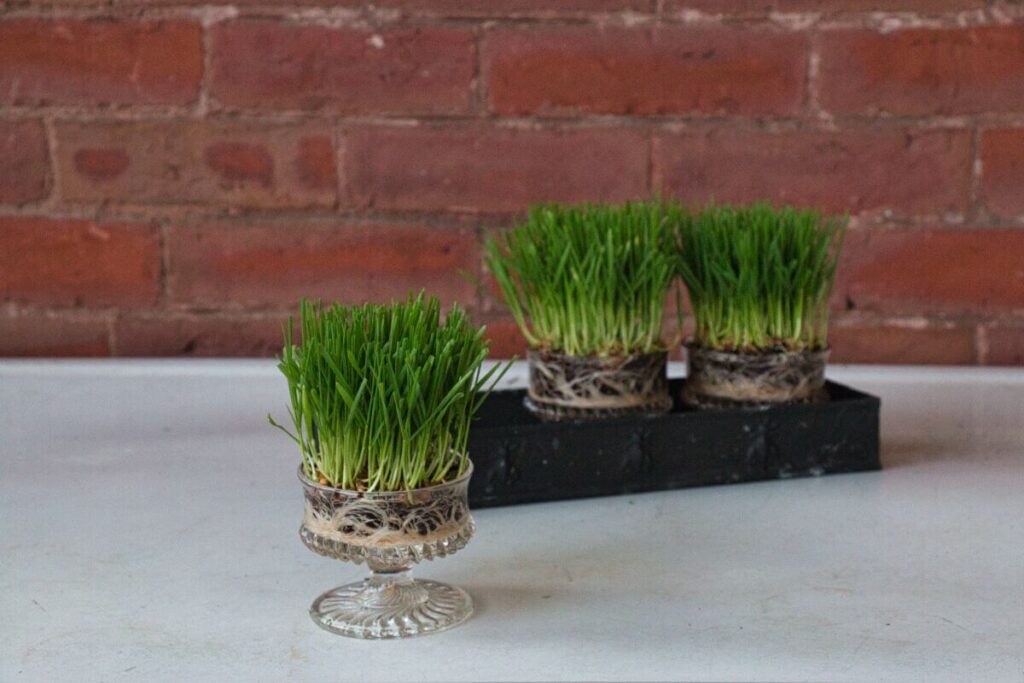

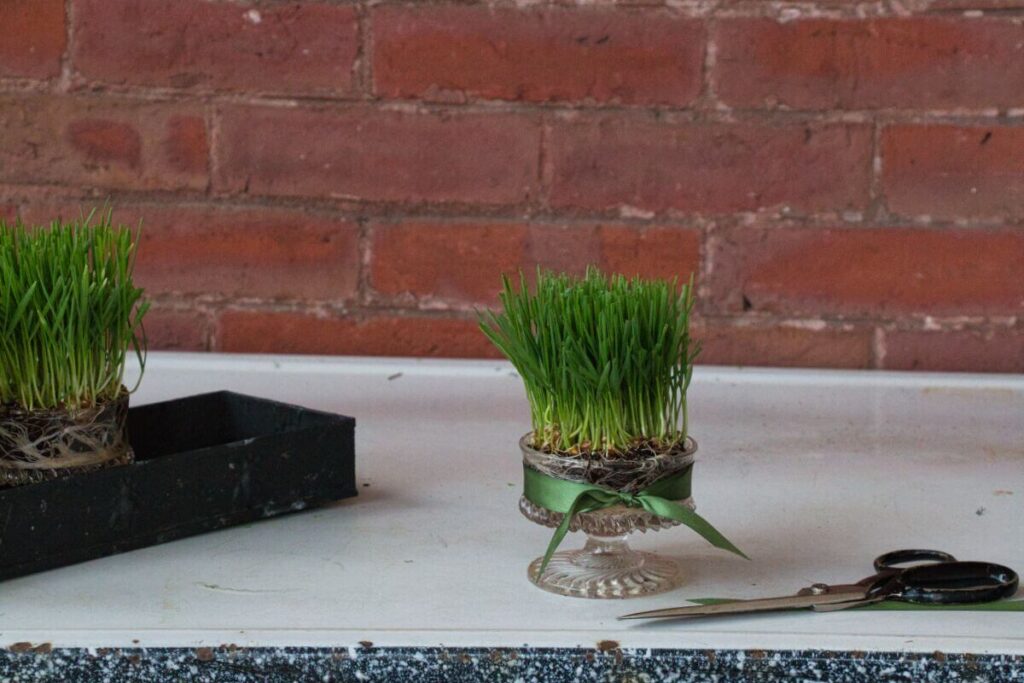
Once it starts growing, it will keep growing, and at some point, your will need to trim your grass. Wheatgrass is full of nutrients and can be grown to eat.
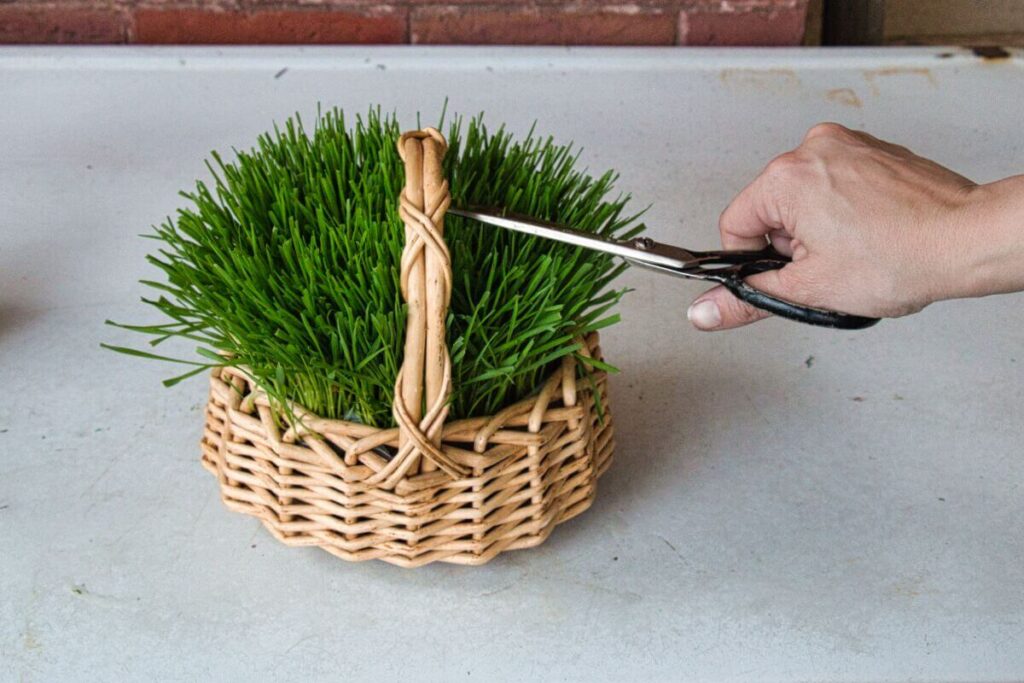
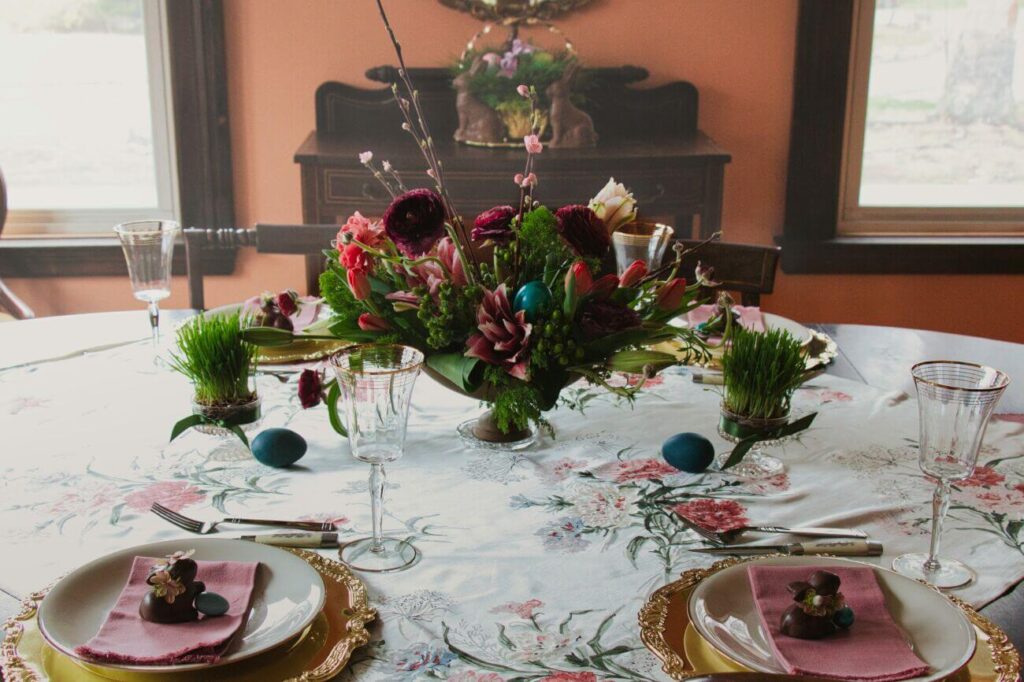

I added a chocolate bunny and some eggs to the mcm metal basket. Of all the containers this one was my favorite, it reminded me of a Martha Stewart cover. It’s not exactly the same, but you can see the resemblance. The shamrocks in Martha’s basket are amazing maybe I will try that next year.
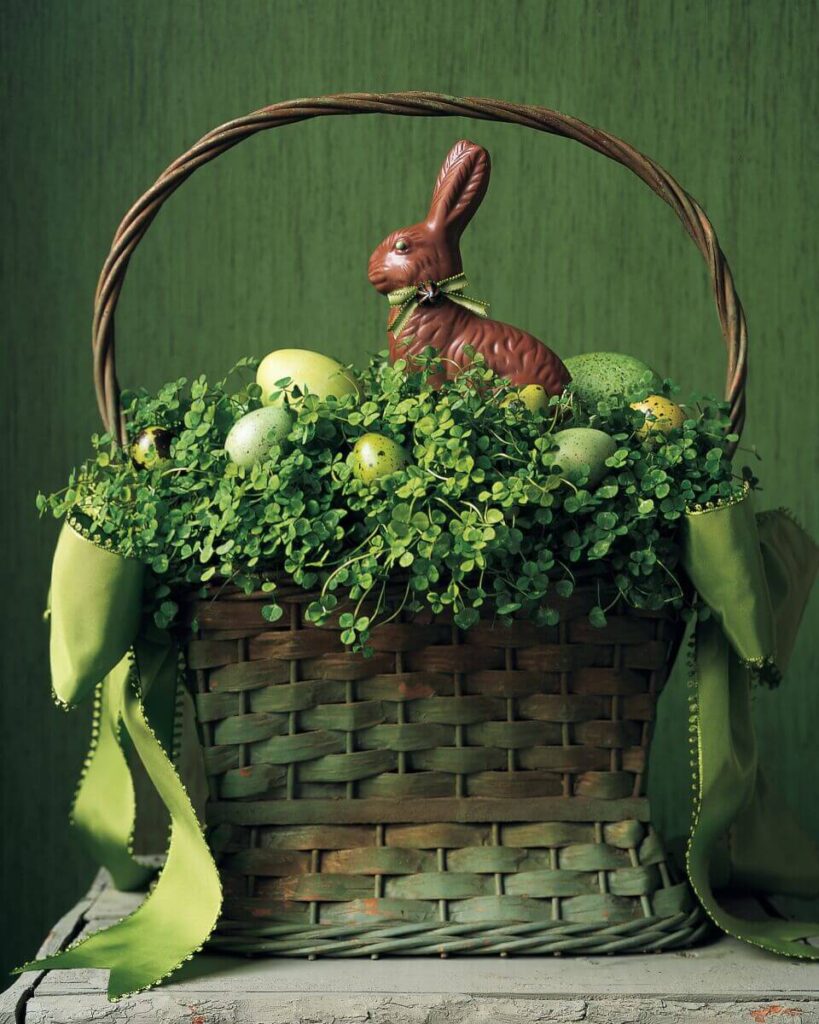
I’m so happy with the way they turned out. Timing is everything for this craft, you need to give yourself 4 weeks to get these results, but they are absolutely worth it.


